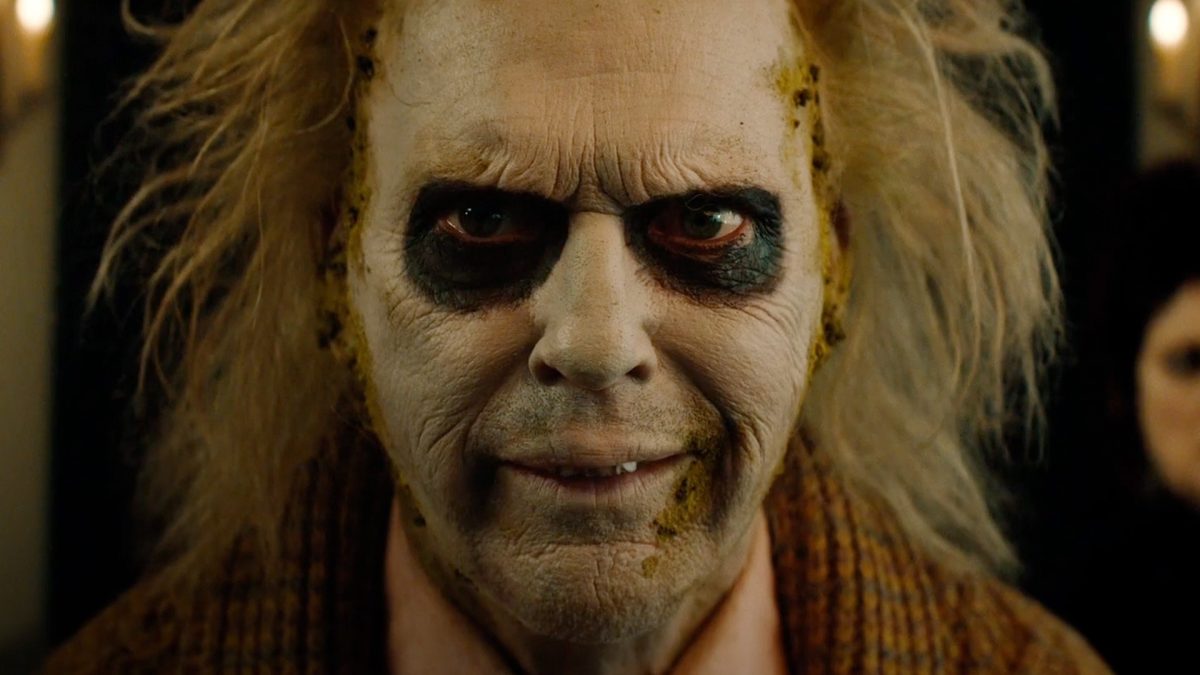How movies were affected by COVID, and how they’re bouncing back
December 11, 2020
As everyone knows by now, 2020 is quite the . . . unique year. A time that feels long, long ago, in a galaxy that shouldn’t seem so familiar, when we realized COVID-19 wasn’t something to take light-heartedly, we thought some precautions had to be taken. So, all non-essential businesses were closed in forty-six states. Sporting leagues were shut down. Musical festivals such as Coachella and Stagecoach were postponed. While some sports have come back in a reasonably safe manner, and a few non-essential businesses have made a return, there is still one medium that isn’t quite sure how it should be revived just yet.
Movies. They’re an essential part of today’s pop culture, but just like most of everything else in 2020, we’ve been thoroughly deprived of them. We’ve had so many films postponed from this year that people started joking about how “Sonic the Hedgehog” could be a Best Picture contender. This doesn’t mean movies have died out completely, though. Plenty of alternate ways you could watch new movies have been attempted. The three main ways studios have decided on bringing films back include straight to digital releases (Trolls World Tour, King of Staten Island), streaming services (Da 5 Bloods, Mulan), and one more that will be delved into later. The live-action remake of Mulan, however, also includes a unique way of watching it in it of itself.
At the start of the pandemic, there weren’t many options to watch the movies that would still be released. Movie theaters were closed, so when companies didn’t want to delay having their films shown, the simplest route was releasing them on digital platforms. The options to watch these movies ranged from buying them on iTunes to Amazon Prime Video, to releasing them on streaming services. One of the biggest examples of a digital release was “The King of Staten Island,” starring Pete Davidson. It was released to all the for-mentioned digital platforms (for purchase).
While movies like “The King of Staten Island” saw reasonable success through digital release, there were still other forms of release films took. Movies released specifically on streaming services, like Netflix and Disney +, weren’t at all limited. “Palm Springs,” “Da 5 Bloods,” “Mulan” and many others came out through streaming services. This was also where we saw the most experimentation for how movies could be released in the future. “Mulan” could be bought for $30 on Disney+, but you still need a Disney + subscription, which will run you about $6.99 a month. While unique, it didn’t seem to be popular enough to catch on. The film only made back about a fifth of its budget, and we aren’t 100 percent sure if Disney plans to release more movies this way.
There is still one more way films have been released this year, and that would be in theaters. “Wait,” you’re probably saying, “you’ve been saying movie theaters are closed, and that’s why half of this article is about digital releases.” That is true. Many non-essential businesses were closed for a while, but after companies had time to set up certain precautions for people to come back to the theaters, the doors to the movie-watching experience were reopened, and some movies have already been released in cinemas. “Tenet,” “The New Mutants,” and “Bill and Ted Face the Music” can all be seen in-theater, just to name a few. All three of these movies were delayed, and delayed again, over, and over, because the makers of these films wanted them to be experienced by you in a movie-theater chair.
There is a lot, and simultaneously very little, to learn from how 2020 has affected the film industry. Straight-to-digital releases became more common than they ever have, and new ways entirely of buying a film were tested (even if it might not work out in the end). All in all, 2020 has been a good learning experience for the future, if anything, and we’re all excited to see where the industry goes from here.

















